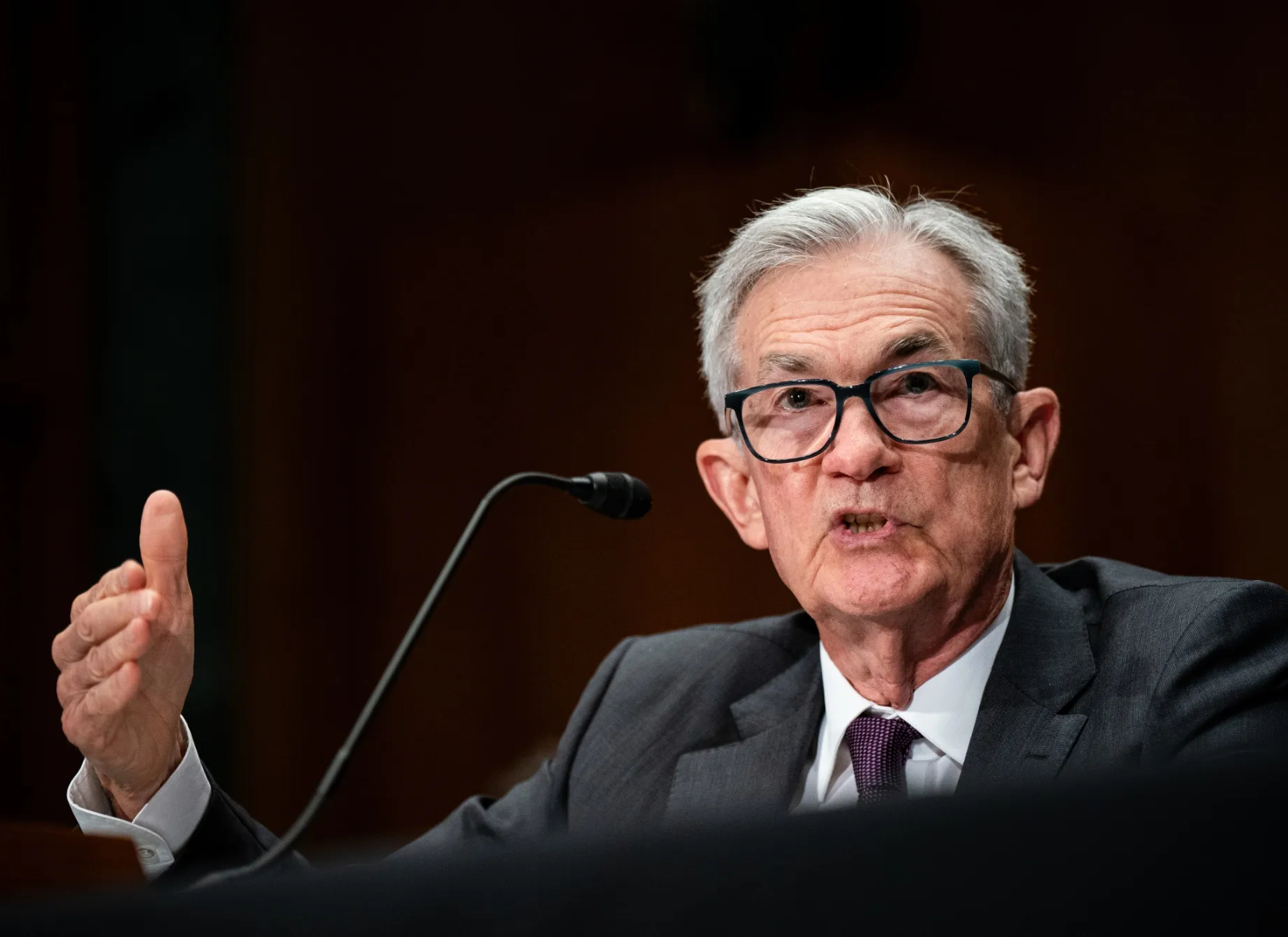For much of the last two years, the 2-year US Treasury yield has traded above the 10-year yield. Historically, when this happens, it signals the beginning of a recession. As rate cut expectations have risen, the 2-year Treasury yield has been falling to levels below the 10-year Treasury yield.
After this event, you’d think that investors and economists were celebrating at the beginning of this month when that red flag, the inverted yield curve, stopped waving. However, the fact that Treasury yields are returning to a direction considered "normal," and the Fed finally, last Wednesday, certified a change of cycle after approving the first interest rate cut in four and a half years, is raising red alerts. The problem is that when the yield curve un-inverts, right before the Fed starts cutting interest rates, a recession tends to follow not long afterward.
But first, we will explain the yield curve. To do this, let’s start by breaking down the term itself. So what is the "yield" part of "yield curve"? By yield, we mean "bond yields." Bonds are loans you make to governments or companies, but in this case, we’re concerned with loans to the federal government. These loans have different durations, among them four weeks, three months, five years, and 10 years. When the time comes, the government pays you back for that loan plus interest. That interest is called the yield, calculated on an annual basis, and it varies depending on the term of the bond (Marketplace, 2024).

So that was the yield part. Next up, the curve. The yield curve is the graphical representation of the relationship between the yield on a country's sovereign bonds and their maturity (Banco de España, 2021). As economic agents have a preference for liquidity, i.e., when faced with two equal assets they prefer the more liquid one, the yield curve is usually upward sloping, although this is not always the case. The case in which short-term debt offers higher yields than long-term debt, most commonly between two- and 10-year issues, is known as an inverted yield curve (as illustrated in figure 1). The inversion of the curve implies expectations that rates will fall to stimulate growth.
For some, the fact that it costs Washington less to borrow for 10 years than for two is a clear signal that something is simply wrong—investors are accepting lower returns for taking on more long-term risk. For others, the inverted curve itself slows economic growth, as banks are less inclined to lend long-term when the returns are lower.
Before the six recessions that have hit the U.S. since 1980, there has been an inversion in the yield curve. Could it really be different this time? It is true that there are plenty of instances when the yield curve un-inverted and a recession wasn’t immediately around the corner. The last time the yield curve un-inverted was in September 2019. Soon after, the Fed cut rates, but there wasn’t a recession until February 2020 (CNN, 2024).
Up until now, the end to inverted yield curves is being driven by a so-called bull steepening. This means that while both ten-year and two-year yields have fallen sharply from their highs in May of this year as inflation falls, the decline has been more pronounced at the short end. This is often the case when investors anticipate an imminent cycle of rate cuts and do not expect a longer-term deflationary trend. In other words, it could be a sign that investors believe the U.S. economy is heading for a soft landing—which, however, remains to be seen.








References
- Banco de España. (2021) ¿Qué es la curva de tipos de interés?, Banco de España. Available at: https://www.bde.es/wbe/es/areas-actuacion/politica-monetaria/preguntas-frecuentes/papel-tipos-interes/que-es-la-curva-de-tipos-de-interes.html (Accessed: 26 September 2024).
- Buchwald, E. (2024) The most well-known recession indicator stopped flashing red, but now another one is going of, CNN. Available at: https://www.cnn.com/2024/09/13/economy/inverted-treasury-yield-recession-indicator/index.html (Accessed: 26 September 2024).
- Caldwell, P. (no date) La bajada de tipos de la Fed ratifica la victoria sobre la inflación, Morningstar ES. Available at: https://www.morningstar.es/es/news/254339/la-bajada-de-tipos-de-la-fed-ratifica-la-victoria-sobre-la-inflaci%c3%b3n.aspx (Accessed: 26 September 2024).
- El Economista. (2022) Qué supone la inversión de la curva de tipos y por qué esta vez puede ser diferente, elEconomista.es. Available at: https://www.eleconomista.es/mercados-cotizaciones/noticias/11695197/03/22/Que-supone-la-inversion-de-la-curva-de-tipos-y-por-que-esta-vez-puede-ser-diferente.html (Accessed: 26 September 2024).
- El Economista. (2024) El fin de una era: la curva de tipos de EEUU se desinvierte dos años después e inaugura un nuevo capítulo para la economía global, elEconomista.es. Available at: https://www.eleconomista.es/mercados-cotizaciones/noticias/12973738/09/24/el-fin-de-una-era-la-curva-de-tipos-de-eeuu-se-desinvierte-dos-anos-despues-e-inaugura-un-nuevo-capitulo-para-la-economia-global.html (Accessed: 26 September 2024).
- Financial Times. (no date) What is the yield curve really telling us about the odds of recession?, ft.com. Available at: https://www.ft.com/content/e73831d9-1fdc-407d-ba34-fe46f4db2564 (Accessed: 26 September 2024).
- Lamadrid, L.S. de (2024) La Reserva Federal se adelanta en busca de un aterrizaje suave, Cinco Días. Available at: https://cincodias.elpais.com/mercados-financieros/caracter-independiente/2024-09-25/la-reserva-federal-se-adelanta-en-busca-de-un-aterrizaje-suave.html (Accessed: 26 September 2024).
- Smith, S.V. (2024) ‘If an inverted yield curve signals a recession, where’s the recession?’, Marketplace, 12 September. Available at: https://www.marketplace.org/2024/09/12/inverted-yield-curve-recession-predictor-indicator/ (Accessed: 26 September 2024).




